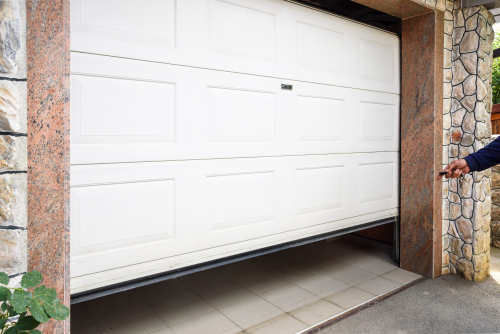Insulated vs. Uninsulated Garage Doors: What’s the Difference?
When it comes to garage repairs in Long Beach, your local expert can repair both insulated and uninsulated doors. More and more manufacturers are adding insulation to their doors, and there are even a number of insulation kits on the market that the pros can install to add insulation to your doors after the fact. But is it worth it?
R-Value
Almost all garage doors on the market have an R-value rating, which is a measure of thermal resistance. A door with a higher rating will be more thermally efficient. In other words, a door with a higher rating is better able to keep heat in during winter and cool air in during summer. Even in moderate climates, garage doors are recognized as a weak point for home energy efficiency, and in many cases, the additional cost of garage door insulation can pay for itself in the first year of ownership.
Wind Rating
Most doors also have a wind rating. WindCode is a measure used to indicate garage door strength that ranges from W1 at the lowest to W9 at the highest. You can determine the WindCode you need based on your exposure zone, the type of home you own and your local environment. Insulated doors have additional layers and thus tend to have a higher wind rating.
Soundproofing
Insulated garage doors also suppress noise from coming in and going out. If you have a child in a band that uses your garage for practice, insulation helps ensure that it won’t bother the neighbors. Likewise, if you have turned your garage into a sanctuary, insulation helps your enjoy music or simply peace and quiet without the various sounds from the road disrupting you.
Total Cost of Ownership
Finally, various industry reports have shown that while initial costs are higher, total cost of ownership tends to be lower. This is likely because insulated doors are more durable and last longer too.











